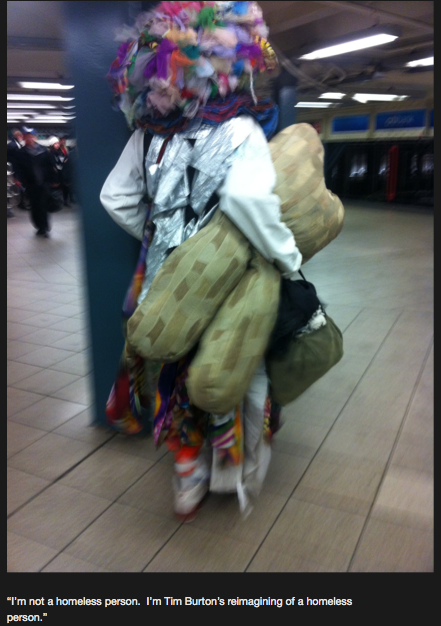
Image Credit: Halloweenorwilliamsburg.com
Halloween season put me in mind of the hipster-bashing tumblr Halloween or Williamsburg that emerged around this time last year. The microblog features crowd-sourced photos of people in Williamsburg, Brooklyn, whose over-the-top fashion choices cause daily confusion about whether or not it is Halloween. The website’s wittily-captioned parade of fools is relentlessly funny, though it inevitably delivers a slightly skewed version of reality. (I've never been to Williamsburg, but I imagine not every resident reaches for the costume box when they get dressed every morning.) But that’s partly why the site offers such a satisfying experience. Scrolling through its photo logs is like going people watching and seeing only the “gems.” It’s like a walk down Telegraph Avenue sans the drab-looking Cal students.
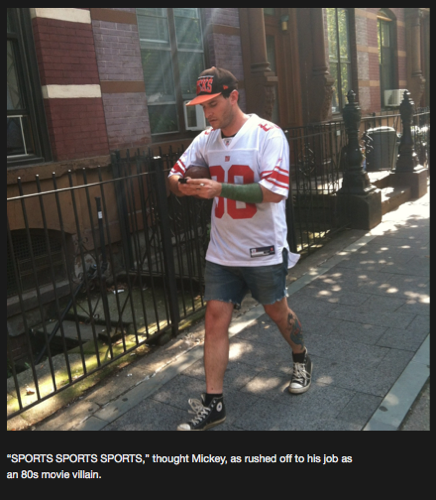
Image Credit: Halloweenorwilliamsburg.com
But it’s not just the concentration of outrageous that gets people to visit this and similar shrines to public display. As the blog title suggests, the real ambiguity in the photographs between what is intended for holiday and what passes as everyday, or what is exceptional and what is ordinary, is the main fascination. In fact, the conflation of spectacle with everyday existence (lifestyle) is what makes many counter cultures seem so curious—even laughable—to the mainstream.
It strikes me that there’s an intermediate position between introducing pirate garb into one’s fall wardrobe and keeping costume-y aesthetics safely at bay (in the haunted house, on their designated day). Fashion critics, for instance, celebrate flamboyant sartorial expression within shifting but recognized limits of decorum. To the fashion forward, context is one such limiting factor: the Tudor-inspired ruff that looked chic on the runway probably won’t go over so well at the office happy hour. The design of one's clothing and coherence of one's ensemble are important considerations as well. But even with these strictures, there are plenty of everyday people, including and especially hipsters, who succeed at smuggling a little bit of Halloween into their daily lives through the guise of “style.”
Thanks to a new Internet sensation called Styleblaster, you may spot these folks and approve their outfits in real time. The makers of the site installed a webcam next to a busy Williamsburg subway stop that snaps a picture every time someone walks by. So now we have another blog to ensure that the ordinary denizens of Williamsburg will be subjected to fashion critique along with the neighborhood’s perennial trick-or-treat-ers.
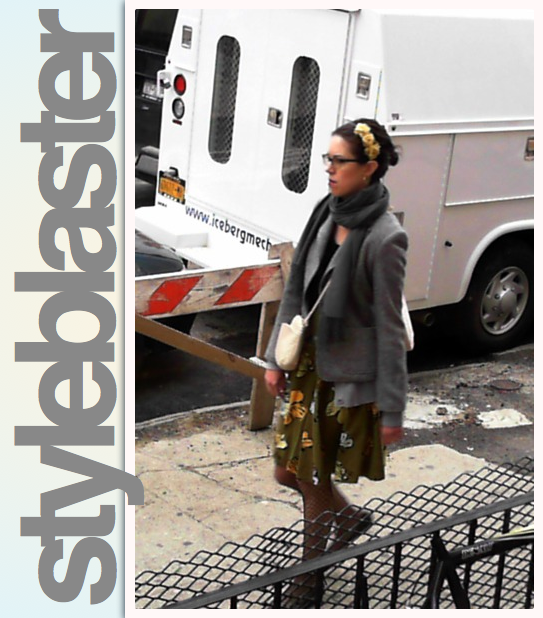
Image Credit: Screenshot from styleblaster.net
The only novel (and potentially controversial) aspect of this study in street style is that the method is automated and non-consensual. Most of the passersbys don’t know they’re on camera, and it’s possible that some of them would object to having photographic evidence of their appearance and whereabouts published in such a public forum.
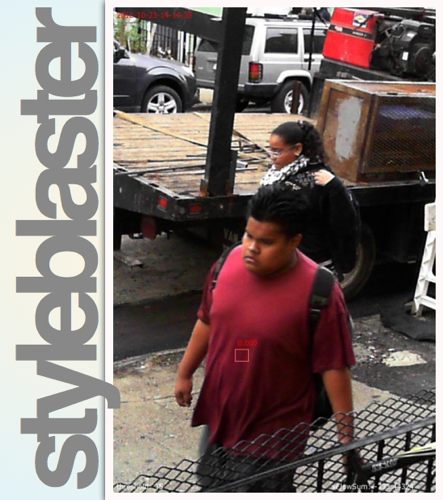
Image Credit: Screenshot from styleblaster.net
It’s interesting to consider Styleblaster alongside its counterpart, Halloween or Williamsburg, because each site employs candid photography to perpetuate different arguments about an overlapping group of subjects. The continuous flow of photographs on the style-watching site softens the sting of a "bad review" by piling more and more "random" photos on top of it. (The website doesn’t have a commenting function yet, but a lack of top hats—Styleblaster’s version of a thumbs up—can indicate that an outfit is a flop). On the other hand, Halloween or Williamsburg’s contributors’ point their cameras and derision squarely at select group of flagrantly self-advertising weirdos. So, one website deals gently with Williamsburg’s fashion offenders, whereas the other’s sole purpose is to render them ridiculous.
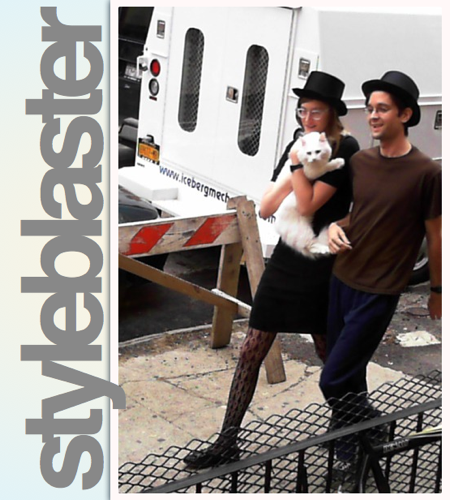
Image Credit: Screenshot from styleblaster.net
The promise of achieving fame or infamy on either site may actually exert pressure on the community to turn up the style dial. For those who want to be noticed on—or at least well received by—the fashion-oriented Styleblaster, this may mean dressing to meet the public’s expectations for Williamsburgian eccentricity. For the exhibitionists on Halloween or Williamburg, it’s like they made it onto the Who’s Who of hipsterdom. I can’t imagine that the attention is anything but encouraging for them. This is all to say that Halloween is nearly here, and in places like Williamsburg it is surely here to stay.





Recent comments
2 years 29 weeks ago
2 years 44 weeks ago
2 years 44 weeks ago
2 years 50 weeks ago
3 years 4 weeks ago
3 years 4 weeks ago
3 years 4 weeks ago
3 years 6 weeks ago
3 years 6 weeks ago
3 years 6 weeks ago